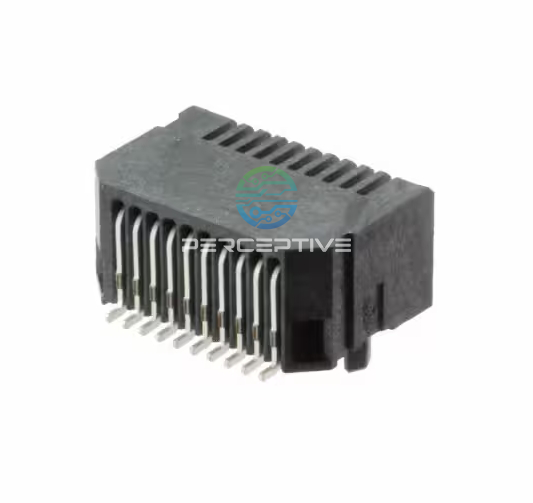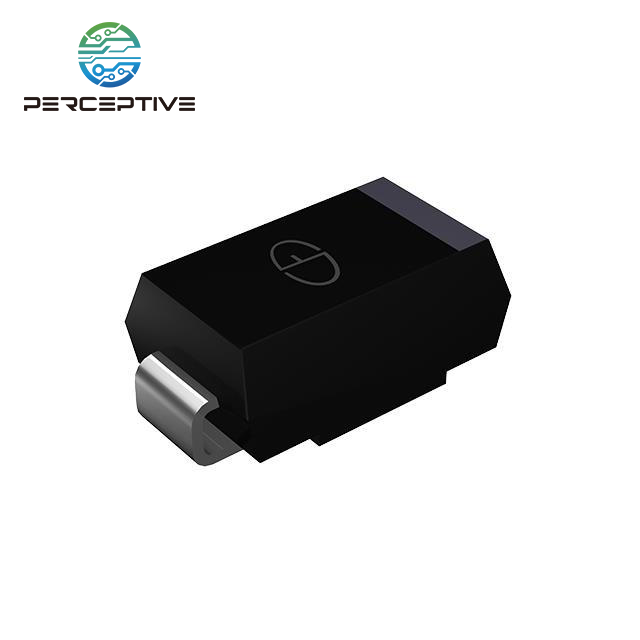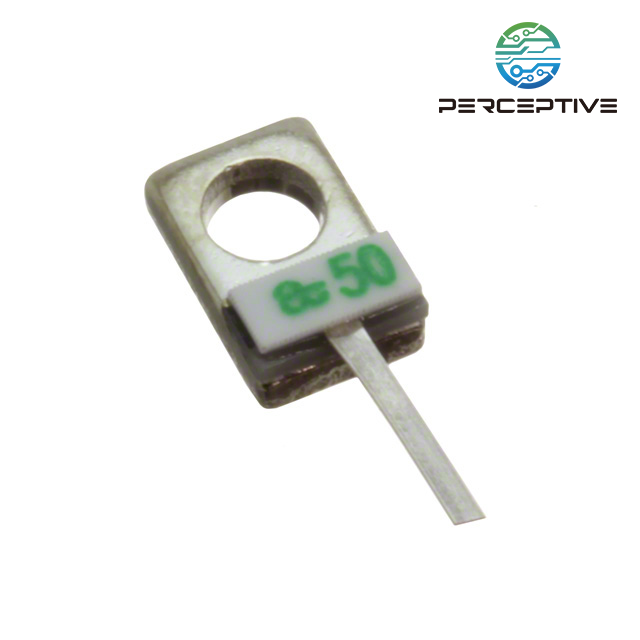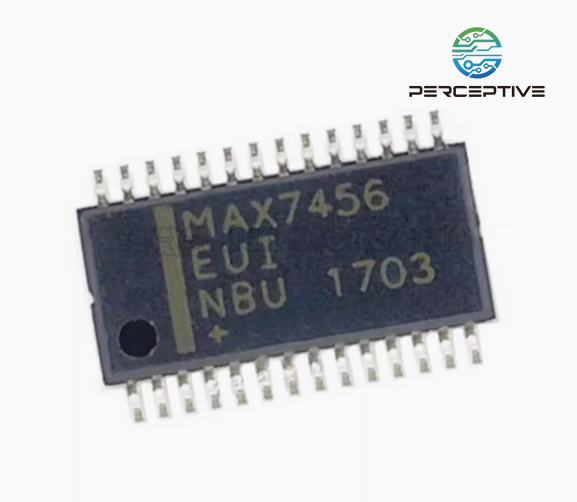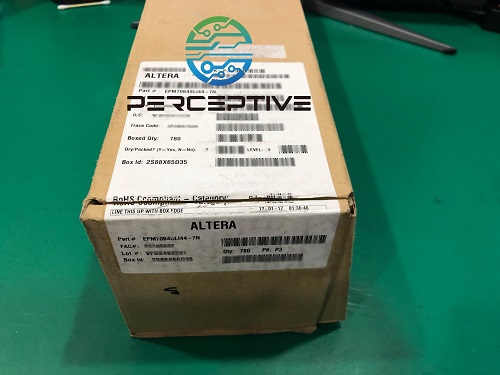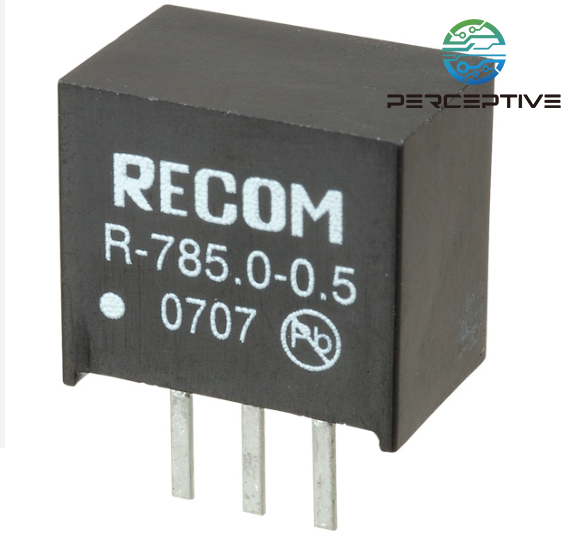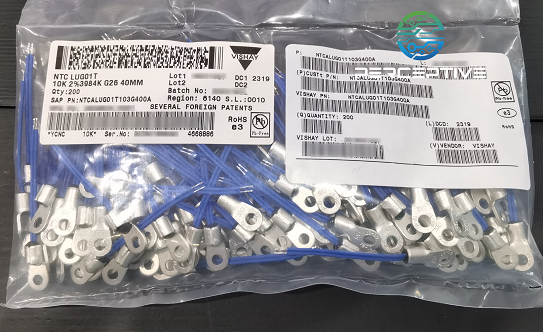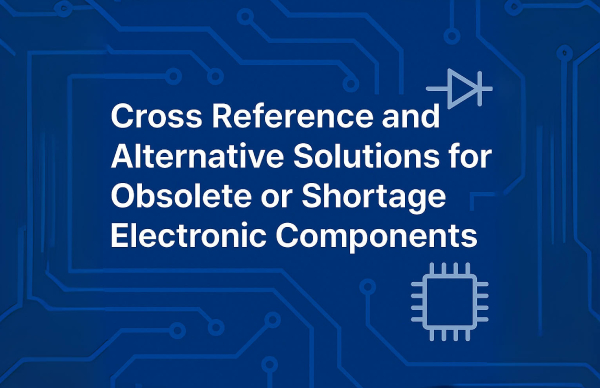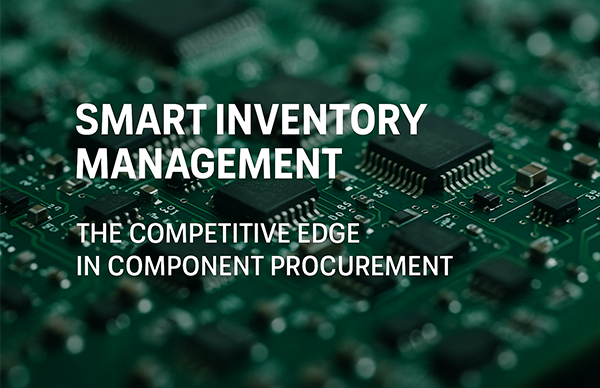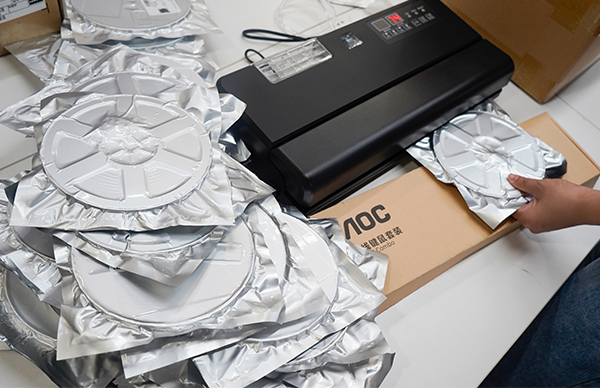In today's volatile supply chain landscape, sourcing electronic components is no longer a matter of choosing the best price — it's often a race against time and global shortages. For procurement professionals, especially those tasked with finding hard-to-find components or obsolete components, looking beyond domestic suppliers has become a necessity. Global sourcing offers access to broader inventories, but it also introduces a complex web of challenges, from compliance risks to logistics delays.
This article explores the practical issues procurement teams face when sourcing components internationally and how to navigate them with foresight and precision.
Why Global Sourcing Becomes Essential
Several factors have led to the need for global component sourcing:
Production cuts or end-of-life notices from manufacturers
Surging demand for specific chipsets in automotive, telecom, or industrial applications
Geopolitical disruptions like tariffs or export bans
Natural disasters or pandemics impacting regional manufacturing hubs
When local distributors are out of stock or lead times stretch to months, buyers turn to overseas markets — sometimes in unfamiliar regions — to secure urgent or legacy parts.
Core Challenges in Global Component Sourcing
Supplier Credibility and Quality Assurance
One of the biggest risks when sourcing globally is dealing with unknown suppliers. Without prior relationships or certifications, it can be difficult to assess the legitimacy of a vendor. Counterfeit parts, mislabeled inventory, or second-hand components can slip into the supply chain if strict verification protocols aren't in place.Regulatory and Customs Compliance
Different countries have different rules for importing and exporting electronic components, especially those with military, automotive, or communications applications. Failure to comply with local or international regulations can result in delays, fines, or even confiscation of goods.Currency Fluctuations and Payment Risks
Purchasing in foreign currencies introduces financial volatility. Payment terms may be less flexible, and international transactions carry a higher risk of fraud or misunderstanding if trust hasn't been built.Longer Lead Times and Unpredictable Logistics
Global procurement means crossing borders, which adds complexity in terms of shipping, tracking, and delivery. Delays due to customs clearance, port congestion, or geopolitical tensions can severely affect production schedules.
Practical Strategies to Navigate Global Sourcing
Build a Network of Verified Global Suppliers
Invest time in developing relationships with reputable international distributors or brokers. Look for suppliers with recognized certifications (e.g., ISO, ERAI, AS9120), solid trade history, and strong customer feedback.Leverage Global Sourcing Platforms and Databases
Platforms like Octopart, FindChips aggregate global stock availability and can help buyers identify potential sources across countries. Use these tools to cross-reference availability, pricing, and part authenticity.Use Escrow or Trusted Payment Methods
For new supplier relationships, consider using escrow services or payment platforms with buyer protection. This reduces the financial risk and allows for a more secure transaction process.Work with Freight Forwarders Experienced in Electronics
Specialized freight companies understand the sensitivity and regulatory aspects of electronic components. They can help with documentation, customs procedures, and selecting optimal shipping routes.Keep Detailed Procurement Records
Document every part's origin, shipping journey, and inspection results. Not only does this enhance traceability, but it also strengthens your company's quality control processes and audit readiness.
Conclusion
Global sourcing isn't just a workaround — it's becoming a core part of strategic procurement in the electronic components industry. While it comes with increased complexity, the benefits of broader access, supply continuity, and competitive advantage make it a worthy investment. By addressing the inherent risks with the right tools and due diligence, procurement professionals can turn global sourcing from a challenge into an opportunity.

